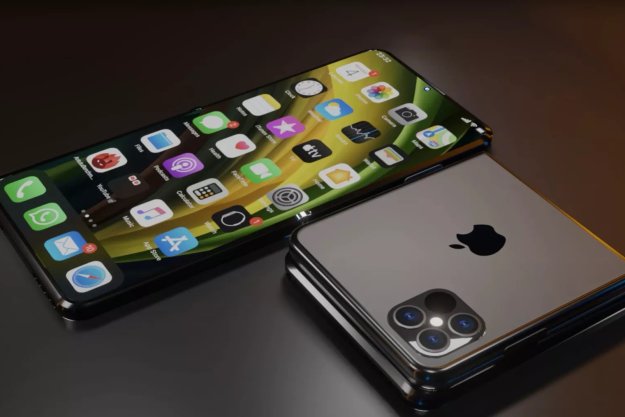Apple and Samsung are major rivals in the smartphone space, so one might expect that the latter would be pleased to hear of the weak demand for the iPhone X. However, it turns out that Samsung provided the OLED displays for the iPhone X, and Nikkei Asian Review reports that those low sales have sent the South Korean electronics giant looking for new buyers.
Samsung increased its production of the OLED panels in order to meet Apple’s expected demand, but lackluster sales of the iPhone X have left Samsung with a surplus of OLED panels and few buyers. Samsung was likely hoping that other smartphone makers would transition to OLED displays, but many are choosing to go with the less expensive LCD displays.
Many of the major Chinese smartphone companies focus on the mid-range market, and few of them can afford to make extensiveuse of OLED displays. Roughly 5 to 10 percent of smartphones made by Oppo and Vivo make use of OLED displays. The problem is, once again, the cost. These panels can cost, on average, 40 percent more than LCD displays. Given that the budget and mid-range
Cost appears to be the major issue for Samsung’s OLED displays. The panels offer bright colors and can be bent to narrow a phone’s bezels, but these displays can cost more than a $100, which is more than twice what the company’s LCD displays cost. The high price of the OLED displays were part of the reason the iPhone X retailed for $1,000.
The expensive OLED displays are also causing trouble for Samsung’s own smartphone division. Not all of its phones make use of the pricey panels, but its flagship models do. IHS Market, a British research firm, noted that Samsung’s internal use of OLED panels declined in 2017.
Worst of all for Samsung is that its market dominance may be coming to an end. The company currently controls 95 percent of the OLED market, but that is likely to change in the coming years. LG Display is preparing to increase production of its own OLED displays. as are Chinese rivals BOE Technology Group and Tianma Micro-electronics.
Editors' Recommendations
- 5 phones you should buy instead of the iPhone 15
- The iPhone 17 may get a display upgrade I’ve waited years for
- 5 phones you should buy instead of the iPhone 15 Pro
- The top 7 bestselling phones of 2023 were all … you guessed it
- Why I ditched my iPhone 15 Pro for the Samsung Galaxy S24 Ultra


